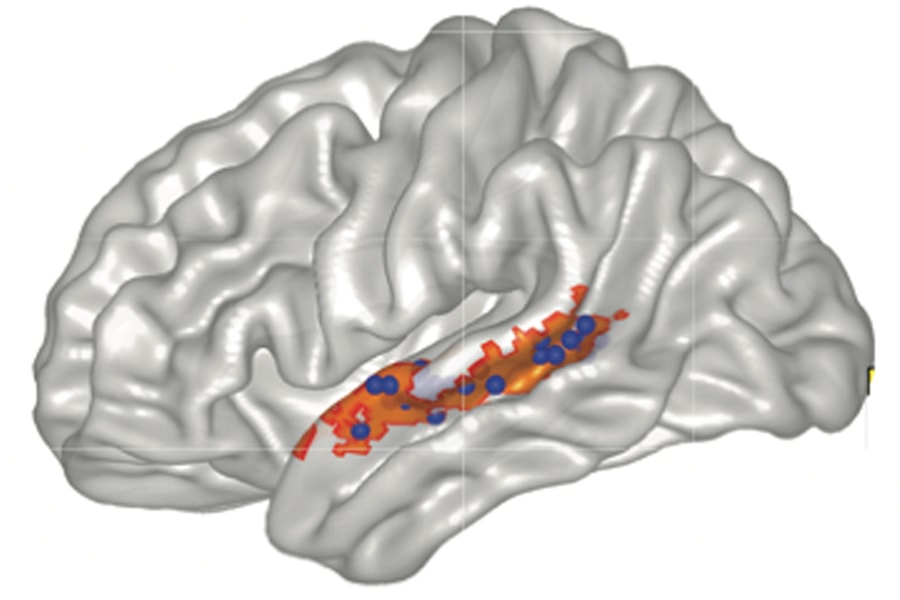
A New Way To Learn About Learning
Aliens, video games and brain patterns provide insights into adult learning
Media Contact: Jason Maderer
Marketing and Communications
412-268-1151
As a baby listens to her parents talk, her brain somehow sorts the sounds into specific sound categories. This happens even though mom and dad say the word "hello," slightly differently because of accents or pitch. Despite those subtle differences, a baby's brain absorbs the sounds and classifies them as equivalent.
This kind of learning is quite different from the way researchers study adults learning a second language. Foreign language learning is often studied in a controlled setting through trial and error or multiple-choice options with reward-based results.
A team of Carnegie Mellon University researchers, together with the University of Pittsburgh, has developed a unique way to learn more about how adults use their brains to learn in a complex environment. They created a video game filled with aliens and strange sounds, then sent study participants into an MRI machine to play. The study was published in the Proceedings of the National Academy of Sciences.
Read more
Pictured above: An illustration shows functional connectivity between the posterior striatum and speech-selective left superior temporal sulcus tissue. l-STS tissue was identified as exhibiting greater BOLD activation for hearing speech compared with nonspeech sounds (i.e., speech: English words and syllables vs. nonspeech: semantically matched environmental sounds and sound exemplars from the videogame) in a separate localizer task before videogame training. The group-based speech > nonspeech contrast mask is shown in orange, and individually defined speech-selective ROIs are shown as blue spheres.